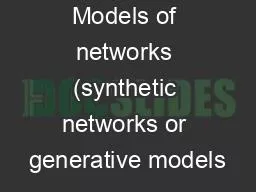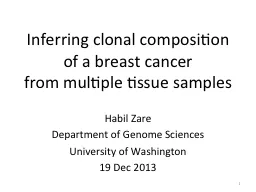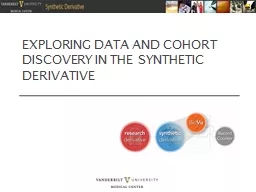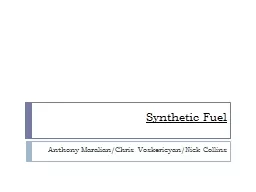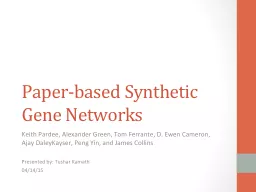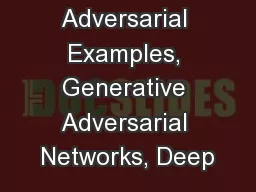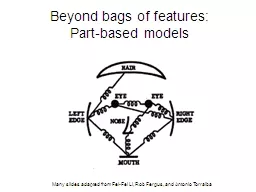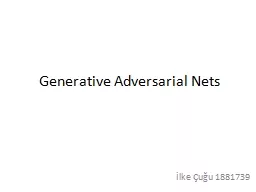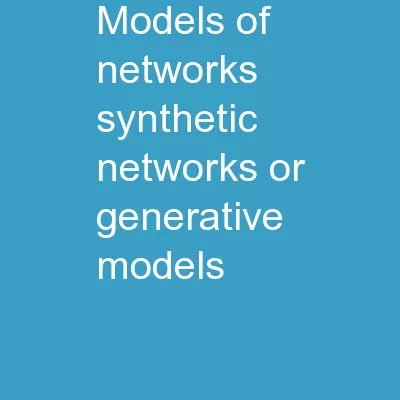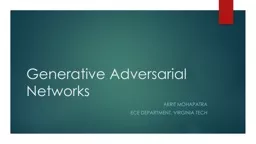PPT-Models of networks (synthetic networks or generative models
Author : startse | Published Date : 2020-06-23
Prof Ralucca Gera Applied Mathematics Dept Naval Postgraduate School Monterey California rgeranpsedu Excellence Through Knowledge Learning Outcomes I dentify
Presentation Embed Code
Download Presentation
Download Presentation The PPT/PDF document "Models of networks (synthetic networks o..." is the property of its rightful owner. Permission is granted to download and print the materials on this website for personal, non-commercial use only, and to display it on your personal computer provided you do not modify the materials and that you retain all copyright notices contained in the materials. By downloading content from our website, you accept the terms of this agreement.
Models of networks (synthetic networks or generative models: Transcript
Download Rules Of Document
"Models of networks (synthetic networks or generative models"The content belongs to its owner. You may download and print it for personal use, without modification, and keep all copyright notices. By downloading, you agree to these terms.
Related Documents

